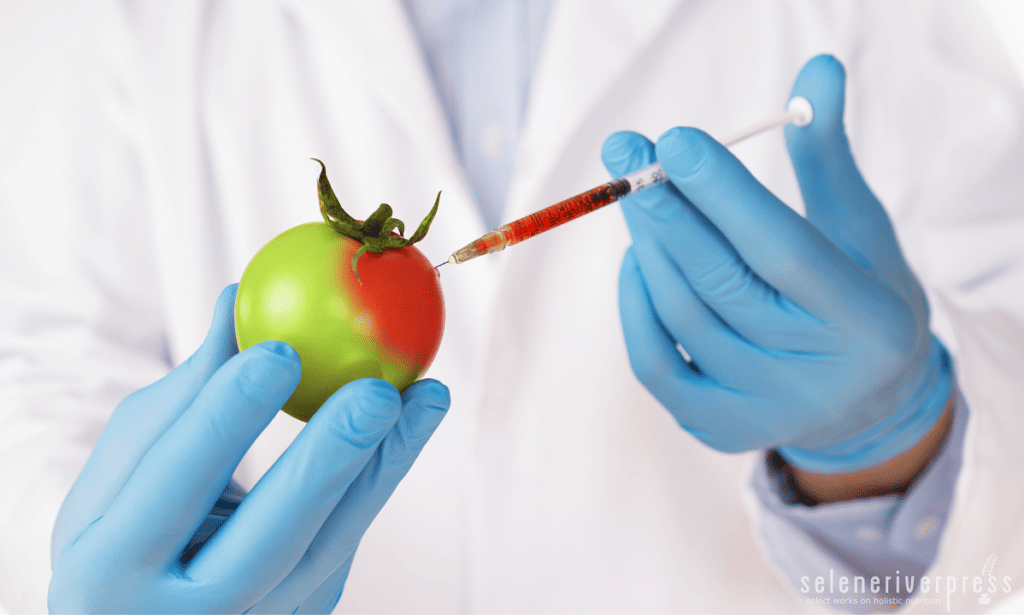Eating single-ingredient, real, whole foods is one of the best things we can do for ourselves. Doing so naturally means avoiding ultra-processed food-like products, which are always a combination of inflammatory seed oils, sugar, denatured grains, preservatives, and fillers. According to Dr. Robert Lustig, author of Metabolical: The Lure and the Lies of Processed Food, Nutrition and Modern Medicine, if a food has a nutrition label, “it should be considered a warning label” until its ingredients are vetted. For example, eggs, beef, and broccoli do not carry nutrition labels. They don’t need one: they are single-ingredient, real, whole foods.
We’ve long been taught to focus on the government-created, ever-growing nutrition food label, particularly a food’s caloric and fat content. This marketing message masquerading as advice—“eat fewer calories and avoid fat, particularly saturated,”—is hard to unlearn. Moreover, it focuses us on the wrong information.
The information you truly need when evaluating a purchase is listed in the ingredients label, which can be nearly impossible to read. Here, the recipe for metabolic disaster hides behind unpronounceable chemical compounds used to preserve, color, and emulsify Frankenfoods. The fact that nutrition labels have become visibly larger and ingredients labels have become smaller is no accident. It indicates a Look over here! strategy when it comes to the way ultra-processed food manufacturers promote their products.
For the holistically inclined, this may not be news. Unfortunately, for the majority of Americans, it is a potent problem, especially when these tactics are combined with intentionally deceptive marketing strategies such as health washing on front labels. Health washing uses vague, unregulated, or misleading descriptors to portray a product as healthy. Be suspicious about what is promoted on a food’s front label, perhaps even more so than the nutrition labels.
Below is a list of some of the worst health washing offenses used by Big Food. When you see these terms, you know you’re in danger of falling prey to tricks and traps used to sell you supposedly healthy foods at a pretty, profitable price.
Net carbs: For anyone trying to limit carbohydrates, what truly counts is the amount of total carbohydrates. But here, Big Food employs meaningless marketing math: subtracting fiber and sugar alcohols from the total carbohydrate count to focus the unsuspecting buyer on a concept called “net carbs.” The human body does not do carbohydrate math; this is a food marketing trick used to lure people into highly profitable products.
“Keto” products: This is a related and growing category including everything from ice cream to bread and other starches. They borrow the term “keto” from the eating regime known as a ketogenic diet. Maddeningly, many of these so-called keto products are too high in carb count to support people wanting to go deeper into the low carb space to live in nutritional ketosis. In addition to paying more for a gimmick, those looking to reverse metabolic conditions such as type 2 diabetes or obesity can be harmed by this trickery.
Egg qualifiers: Most people paying more for cage-free or free-range eggs think they’re buying nutritionally superior eggs from happy chickens roaming free, but it isn’t so. To use the label cage-free, egg producers must offer a square foot of indoor warehouse space per chicken. Free-range isn’t much improvement, requiring only two feet plus “access” to the outdoors. What these consumers are likely looking for is pasture-raised, which refers to birds who are truly allowed roam outdoors.
Natural flavors: It doesn’t take a lot of intellect to intuit that artificial flavors are not good for you. They are made from chemicals. But natural flavors come from nature—same root word, right? Wrong. In addition to their plant or animal base, they can contain 100-plus “incidental additives” like solvents and preservatives. They are created by chemists and food flavorists, and are neither natural nor regulated. The same applies to the term “all-natural.” Both are BS.Sugar-free: These products often contain sugar alcohols and added chemicals which can stimulate insulin response as well as enhance sugar cravings.
“Healthy” meat alternatives: Faux “meat” is marketed as healthy vegan fare. Here’s the problem: it’s filled with cheap fillers, industrial inflammatory fats, and chemicals. And it’s often made with real meat cells. If vegetarianism is your aim, go the natural route and embrace real, whole foods. Just don’t get fooled into thinking this is healthier than real meat.“Heart Healthy”: This is the worst of the worst, brought to you by the American Heart Association. These products proudly feature the AHA’s little read heart, indicating that the “food” is good for heart health. In reality, some of the worst food-like products—think refined vegetable and seed oils—have been awarded this meaningless medal. Dr. Cate Shanahan, author of Fatburn Fix, refers to the following oils as “The Hateful Eight”: canola, cottonseed, corn, soybean, safflower, sunflower, rice bran, and grape seed. It is worth noting, however, that there are some oils made from seeds which are healthy sources of fat, including sesame and flax. You’ll want to use caution if you’re cooking with them and keep it to a low heat so they will not oxidize.
The above examples are but a few of the multitude of masks placed over our eyes as we try to navigate the aisles of the mainstream grocery store. Be aware. Be conscious. Always read the ingredients label. And remember: when it is trying too hard, it’s marketing, not food.
Images from iStock/Nastco (main), gopixa (post).


